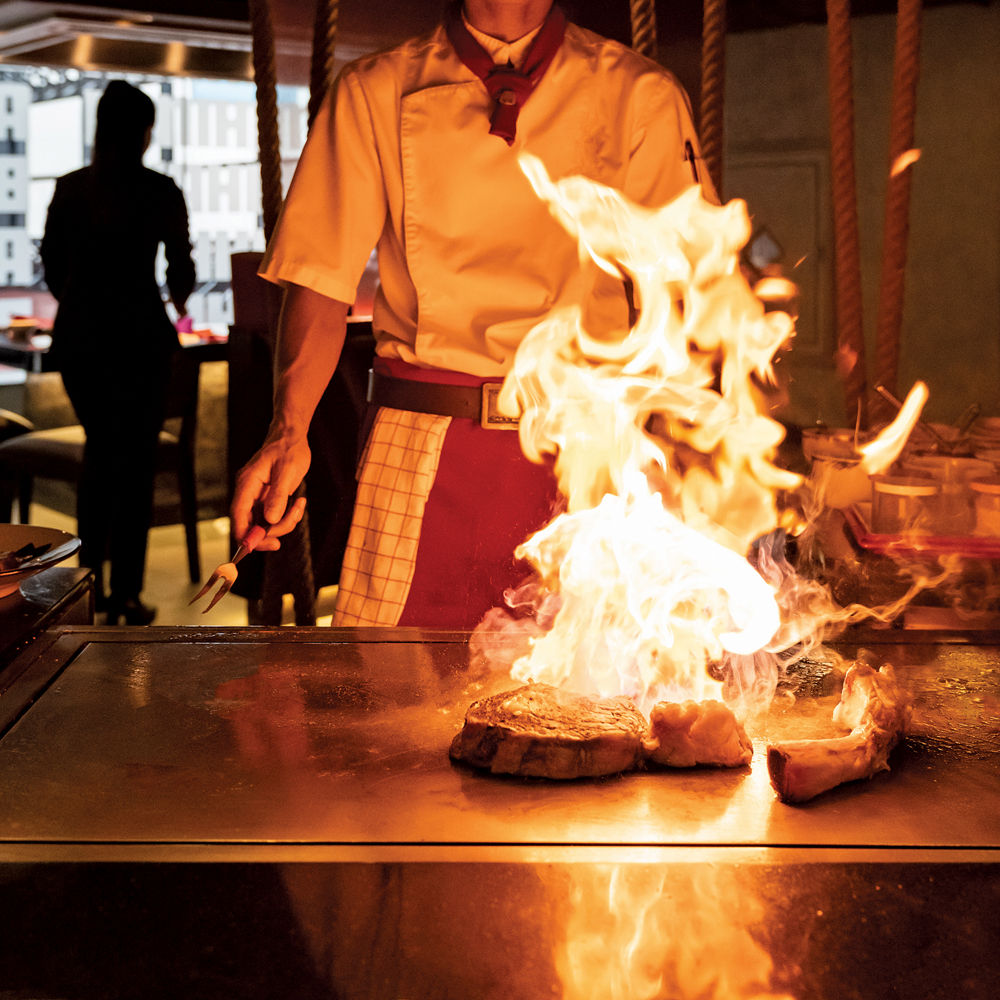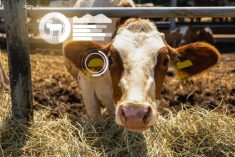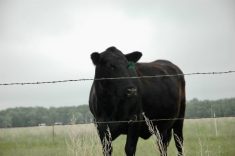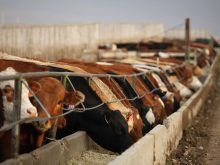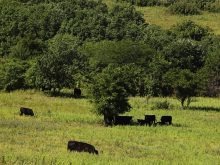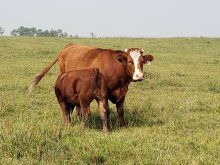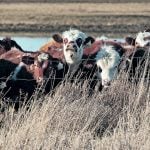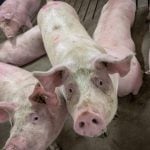Cattle producers are bombarded with charts and data from cattle inventory reports and cattle on feed surveys.
During the fall of 2023, live cattle futures and were trending lower. Every analyst I was reading was focused on how low supplies were from a historical perspective; however, fed cattle prices were on a downward spiral. It’s important to realize there is another side of the fundamental equation: it’s called demand.
There are two specific characteristics of demand for beef and cattle. First, beef demand is inelastic. A small change in supply has a large influence on the price. Secondly, beef demand is highly correlated with consumer spending. Nearly half of the carcass is consumed by consumers with average to above-average incomes.
Read Also

Gentle treatments for pain in the neck
Heading toward year-end, people unknowingly tense up against the cold and busyness, causing neck pain that can often be treated with appropriate support and gentle mobility, athletic therapist Kathlyn Hossack says.
Many of the byproducts, such as leather, soaps and oils, are also used in products for higher-income individuals. There is a common misconception about beef demand and this has to do with competing meats. The price of other red meat or chicken has little influence on overall beef consumption levels. In this article, I’m going to show how consumer spending changed throughout 2023. Producers can use this knowledge for their risk management or selling strategy in 2024.
The U.S. Census Bureau released retail and food service sales each month. Below at right we have a chart showing monthly U.S. spending at restaurants and other eating places for 2023, in millions of U.S. dollars.

We want to draw attention to the seasonal low spending during January and February. Consumer spending increased during March and April before making a seasonal peak during July. From February to March, U.S. restaurant spending jumped by 14 per cent. Restaurant business started to decline in August but was still at higher levels. Notice how the consumers pulled in the reins during September, October and November before behaviour changed in December on holiday seasonality.

Above you’ll also see a chart of December 2023 live cattle futures. The price pattern of the live cattle futures basically mirrors the chart of food service sales. The live cattle futures started to trend higher in late March and April as spending increased. The live cattle futures were very strong during July and August. Spending started to decrease in September while the December live cattle futures made a contract high on Sept. 19.
The retail sales report comes out mid-month, showing data from the previous month. Once traders started to realize spending was decreasing, this gave the signal to switch from long positions to short positions. The market was trending lower during October and November as spending was also making a seasonal low. Notice that consumer spending spiked in December, as did the live cattle futures. The main point is there is a high correlation between restaurant sales and live cattle prices.
Let me tell you a secret: the consumer spending behaviour during 2024 will be a repeat of 2023. If you’re selling grassers as yearlings in August and September, you are probably safe and in good shape because you will sell at the highs. However, cow-calf producers and backgrounding operators that will be selling in the final quarter of 2024 need to buy their price insurance during June and July.
These producers have to buy price insurance when consumer spending is making seasonal highs, because deferred live cattle futures will also be at the highs.
The strategy for finishing operators is to be aggressive on risk management or forward contracting in the latter half of summer. During August and September of 2024, you forward contract all the expected fed cattle marketings for the final quarter of 2024 and first quarter of 2025. I’m not going into detail but the market won’t stage a rally in the first quarter of 2025. Instead, fed cattle will trade lower due to the year-over-year increase in quarterly beef production. Remember, a small change in supply has a large influence on price. The cattle tightening cycle ends during the final quarter of 2024. The first year-over-year increase in quarterly production will start in the first quarter of 2025.


